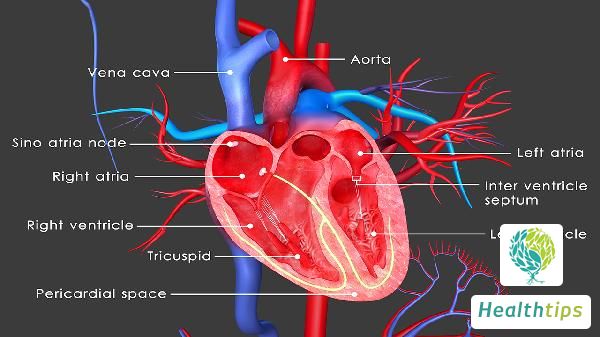What Causes Lumbar Curvature?
Lumbar Curvature

Lumbar curvature is not common in daily life, but once it occurs, it can have significant harm to individuals. It not only affects their physical appearance but also their walking ability. In severe cases, it can even impact their daily lives and prevent them from walking upright. There are various causes of lumbar curvature, including both congenital and acquired factors. Let's briefly explore what lumbar curvature is and its associated conditions.
What is Lumbar Curvature?
Lumbar curvature is primarily caused by factors such as lumbar degeneration, disc herniation, spinal stenosis, and small joint dislocation. Poor sitting posture and genetic factors can also contribute to lumbar curvature. Diagnosis is typically made through radiological imaging such as an X-ray. Mild scoliosis often does not cause significant discomfort or visible deformities. However, severe scoliosis can affect the growth and development of infants, children, and adolescents, leading to physical deformities. Scoliosis is a common condition that can harm adolescents and children, and early detection and treatment are crucial.
Types of Lumbar Curvature
There are several types of lumbar curvature:
- Disc herniation and lumbar sprain: Pain can stimulate muscle spasms, leading to scoliosis. Treatment primarily focuses on addressing the underlying cause, such as lumbar sprain or disc herniation. As these symptoms improve, the scoliosis often resolves as well.
- Postural scoliosis: This is often related to poor posture during childhood and requires correction of posture and strengthening of the lumbar muscles, such as through specific exercises.
- Idiopathic scoliosis: This type of scoliosis can occur during growth, especially during adolescence, and sometimes experiences a significant progression. Depending on the severity, conservative treatment such as braces may be considered. More severe cases may affect internal organs and require surgical correction.
Correction of Lumbar Scoliosis
One common type of scoliosis is idiopathic scoliosis, which is primarily seen in adolescents and young adults. For patients with mild scoliosis, conservative treatment is generally recommended. This includes strengthening exercises for the lumbar muscles and wearing braces to correct the scoliosis. Rehabilitation therapy at a specialized rehabilitation hospital is also often recommended. For patients with severe scoliosis, surgical correction may be necessary.
Another type of lumbar scoliosis can be secondary to conditions such as lumbar sprain or lumbar disc herniation. In severe cases of disc herniation, scoliosis may often accompany the acute phase. Treatment in these cases focuses on addressing the underlying condition. Once the symptoms of disc herniation improve, the scoliosis often resolves as well.



















